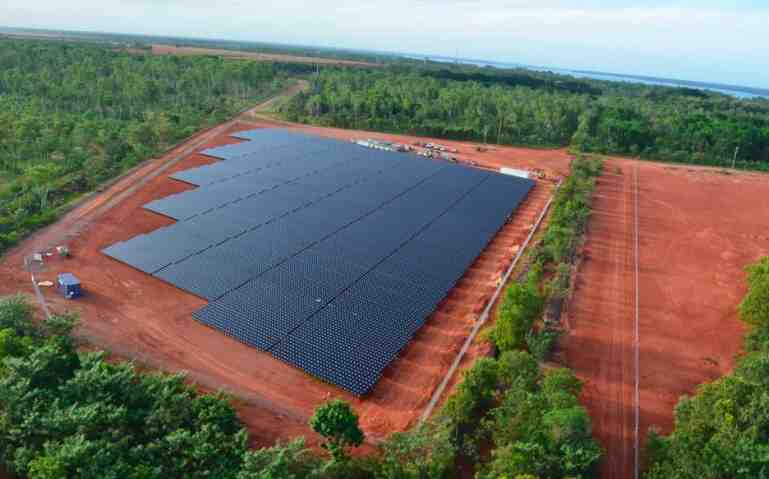
The Weipa solar PV facility is the first of what is expected to be many mining facilities to turn to solar PV and other technologies for reduce the costs of electricity, which even with a falling oil price is still expensive.
For the moment, however, Australian miners are still unwilling to divert their own funds to such programs, with both the Weipa and the Degrussa projects being largely funded by the Australian Renewable Energy Agency, and in the case of Degrussa, by the Clean Energy Finance Corporation as well.
ARENA CEO Ivor Frischknecht said the funding is justified because the Weipa project could bolster the mining industry’s confidence in renewable energy as a reliable off-grid power source.
 “This is the first time a remote Australian mining operation has been supplied with power from solar PV on such a scale,” Frischknecht said in a statement.
“This is the first time a remote Australian mining operation has been supplied with power from solar PV on such a scale,” Frischknecht said in a statement.
“The success of phase one is set to create a precedent for industry by demonstrating that solar PV is a viable option for powering off-grid locations, like mine sites, in Australia.”
ARENA provided $3.5 million for the first part of the project and will provide up to $7.8 million for the second phase, which could reduce the consumption of diesel by around 2.3 million litres of diesel a year, and provide the majority of its power requirements.
The facility was built by US solar manufacturer First Solar.










